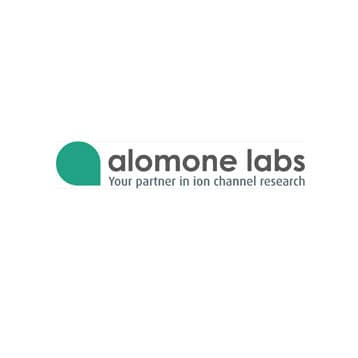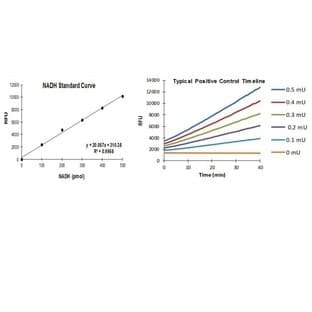
Supplier:
Alomone Labs Limited.Cat no: F-170
BUY hFGF-b
Human Fibroblast Growth Factor-basic
Recombinant, E. coli
>
Fibroblast growth factor-basic (FGF-b, FGF-2) belongs to the 23 member FGF family. FGFs play major roles in development, wound healing, hematopoiesis, tumorigenesis, and angiogenisis. It is expressed mostly in tissues of mesoderm and neuroectoderm origin.
FGF-b exists in four molecular forms, three high molecular weight (21.5, 22, and 24 kDa), and one 18 kDa form. The higher molecular weight forms are mainly nucleus associated. The 18 kDa form, which lacks a signal sequence, is cytoplasmic or found at the cell surface.
FGF-b may be released from damaged cells or could be released by an exocytotic mechanism that is independent of the ER-Golgi pathway. Secreted FGF interacts with specific cell surface receptors. The FGF receptor family consists of four members: FGFR-1 (flg), FGFR-2 (bek, KGFR), FGFR-3 and FGFR-4. These receptors comprise a conserved tyrosine kinase domain, a transmembrane domain and an extracellular ligand binding domain. Binding of FGF-b to its receptor is regulated by heparan sulfate proteoglycans. FGF-b is implicated in many biological processes. It has been shown to induce endothelial cell proliferation, migration and angiogensis in vitro and in vivo, to stimulate myeloid progenitors, to stimulate stromal growth, to promote the release of endothelium from its connective tissue anchor (thus encouraging the entry of new vascular endothelium), to regulate oligodendrocyte progenitor proliferation and differentiation in culture, and to play a role in the autonomous growth of melanoma cells.
Neurotrophic Factors, Heparin-Binding Growth Factors.
Prices direct from Alomone Labs Limited.
Quick response times
Exclusive Absave savings/discounts
Latest promotions
Buy any polyclonal or monoclonal antibody from our extensive range of pre-made antibodies and for a limited time only receive a $50 discount!(T&C apply:...
New brilliant antibodies, and new lower prices!For flow cytometry reagents in general, \"bright is better.\" The violet-excitable BD Horizon™ BV421 and...
10% Discount on 2 Rabbit Polyclonal Antibody Service. With over 20 years experience, SDIX has developed into the premier US custom antibody producer,...
For the past decade scientists have extensively used ATS secondary toxin conjugates to make their own targeted toxins for in vitro use.The ability to combine...
We're so sure that you'll prefer Cayman Assay kits over your present brand that we're willing to give you a free assay kit to prove it!
Did your supplier increase the price of Fetal Bovine Serum? Did they substitute the US Origin with USDA? Well say no more! Innovative Research is still...
Bulk Cytokines with Custom Vialing.20 - 50% off cytokines, growth factors, chemokines and more...For a limited time Cell Sciences is offering substantial...
Are you planning to have a customised antibody made for your research?Since 2000, Everest has been producing a catalog containing thousands of affinity...
Top suppliers
Agrisera AB
11 products
Biotrend
Biosensis
969 products
ABBIOTEC
3011 products
SDIX
1 products
Spring Bioscience
2291 products
Cell Signaling Technology
4976 products
Rockland Immunochemicals, Inc.
7592 products
Boster Immunoleader
1533 products
OriGene Technologies Inc.
5281 products
Maine Biotechnology Services
227 products
BD (Becton, Dickinson and Company)
1 products
ABNOVA CORPORATION
Randox Life Sciences
1502 products
















